Assistant Professor Dr. Vassos Soteriou and colleagues from the Texas A&M University in the USA have published their study titled “Up By Their Bootstraps: Online Learning in Artificial Neural Networks for CMP Uncore Power Management” in the premier IEEE International Symposium on High Performance Computer Architecture (HPCA-2014). HPCA is among the most influential venues in computer architecture.
In this work, the Research Team focused on improving the uncore energy-efficiency using Dynamic Voltage and Frequency Scaling (DVFS), a technique which can aid state-of-the-art Chip Multiprocessors (CMPs) manage their power budgets, as the uncore is found to consume as much as 30% of die area and a significant portion of a CMP chip’s power budget. Uncore is a term used to describe the hardware aggregation of the on-chip communication fabric, known at the Network-on-Chip (NoC), and the shared Last-Level Caches (LLC) found in today’s CMPs.
The Research Team found that there are predictable patterns in uncore utility which point towards the potential of a proactive approach to uncore power management. Hence, the Team utilized artificial intelligence principles to proactively leverage uncore utility pattern prediction via an Artificial Neural Network (ANN). ANNs, however, require training to produce accurate predictions. Architecting an efficient training mechanism without a priori knowledge of the workload is a major challenge. Hence the Researchers proposed a novel technique in which a simple Proportional Integral (PI) controller is used as a secondary classifier during ANN training, dynamically pulling the ANN up by its bootstraps to achieve accurate predictions.
Both the ANN and the PI controller, then, work in tandem once the ANN training phase is complete. The advantage of using a PI controller to initially train the ANN is a dramatic acceleration of the ANN’s initial learning phase. Thus, in a real system, this scenario allows quick power-control adaptation to rapid application phase changes and OS context switches during execution. It is then showed that the proposed technique produces results comparable to those of pure offline training without a need for prerecorded training sets. Full system simulations using the PARSEC benchmark suite show that the bootstrapped ANN improves the energy-delay product of the uncore system by 27% versus existing state-of-the-art methodologies.
Publication in top-tier High Performance Computer Architecture conference
Assistant Professor Dr. Vassos Soteriou and colleagues from the Texas A&M University in the USA have published their study titled “Up By Their Bootstraps: Online Learning in Artificial Neural Networks for CMP Uncore Power Management” in the premier IEEE International Symposium on High Performance Computer Architecture (HPCA-2014). HPCA is among the most influential venues in computer architecture.
In this work, the Research Team focused on improving the uncore energy-efficiency using Dynamic Voltage and Frequency Scaling (DVFS), a technique which can aid state-of-the-art Chip Multiprocessors (CMPs) manage their power budgets, as the uncore is found to consume as much as 30% of die area and a significant portion of a CMP chip’s power budget. Uncore is a term used to describe the hardware aggregation of the on-chip communication fabric, known at the Network-on-Chip (NoC), and the shared Last-Level Caches (LLC) found in today’s CMPs.
The Research Team found that there are predictable patterns in uncore utility which point towards the potential of a proactive approach to uncore power management. Hence, the Team utilized artificial intelligence principles to proactively leverage uncore utility pattern prediction via an Artificial Neural Network (ANN). ANNs, however, require training to produce accurate predictions. Architecting an efficient training mechanism without a priori knowledge of the workload is a major challenge. Hence the Researchers proposed a novel technique in which a simple Proportional Integral (PI) controller is used as a secondary classifier during ANN training, dynamically pulling the ANN up by its bootstraps to achieve accurate predictions.
Both the ANN and the PI controller, then, work in tandem once the ANN training phase is complete. The advantage of using a PI controller to initially train the ANN is a dramatic acceleration of the ANN’s initial learning phase. Thus, in a real system, this scenario allows quick power-control adaptation to rapid application phase changes and OS context switches during execution. It is then showed that the proposed technique produces results comparable to those of pure offline training without a need for prerecorded training sets. Full system simulations using the PARSEC benchmark suite show that the bootstrapped ANN improves the energy-delay product of the uncore system by 27% versus existing state-of-the-art methodologies.
